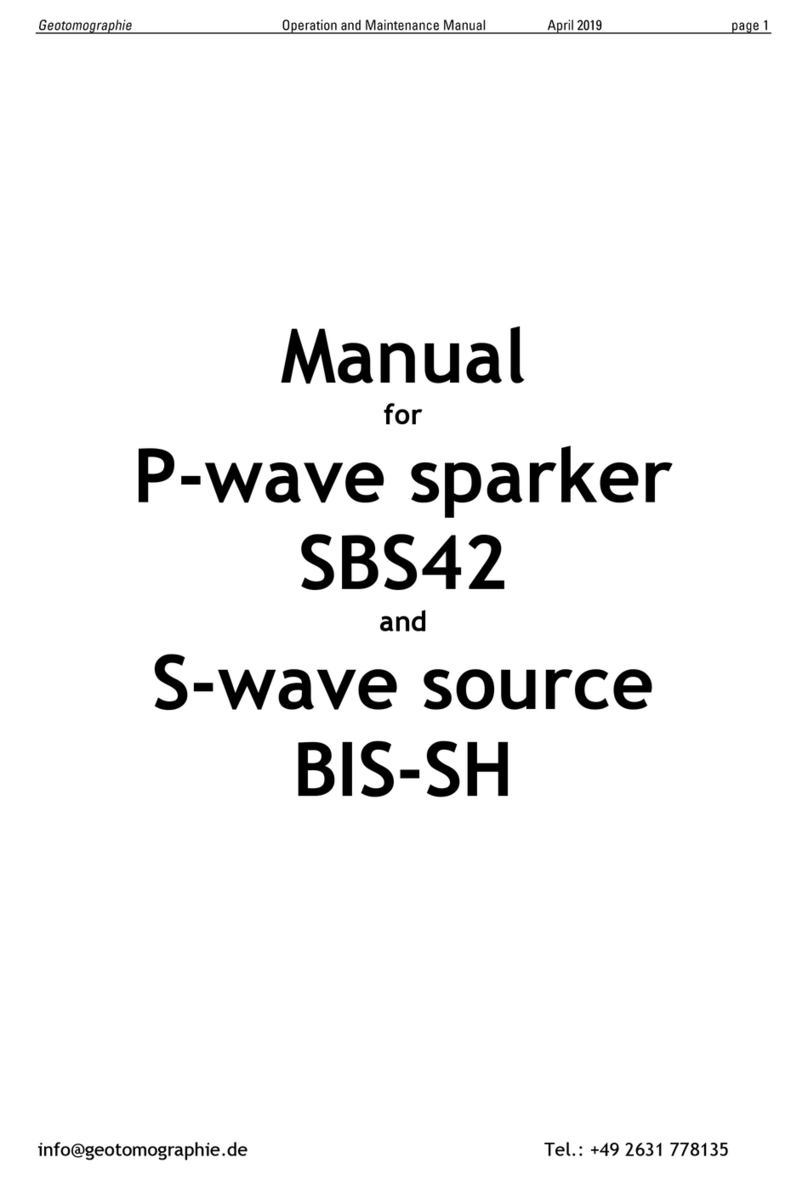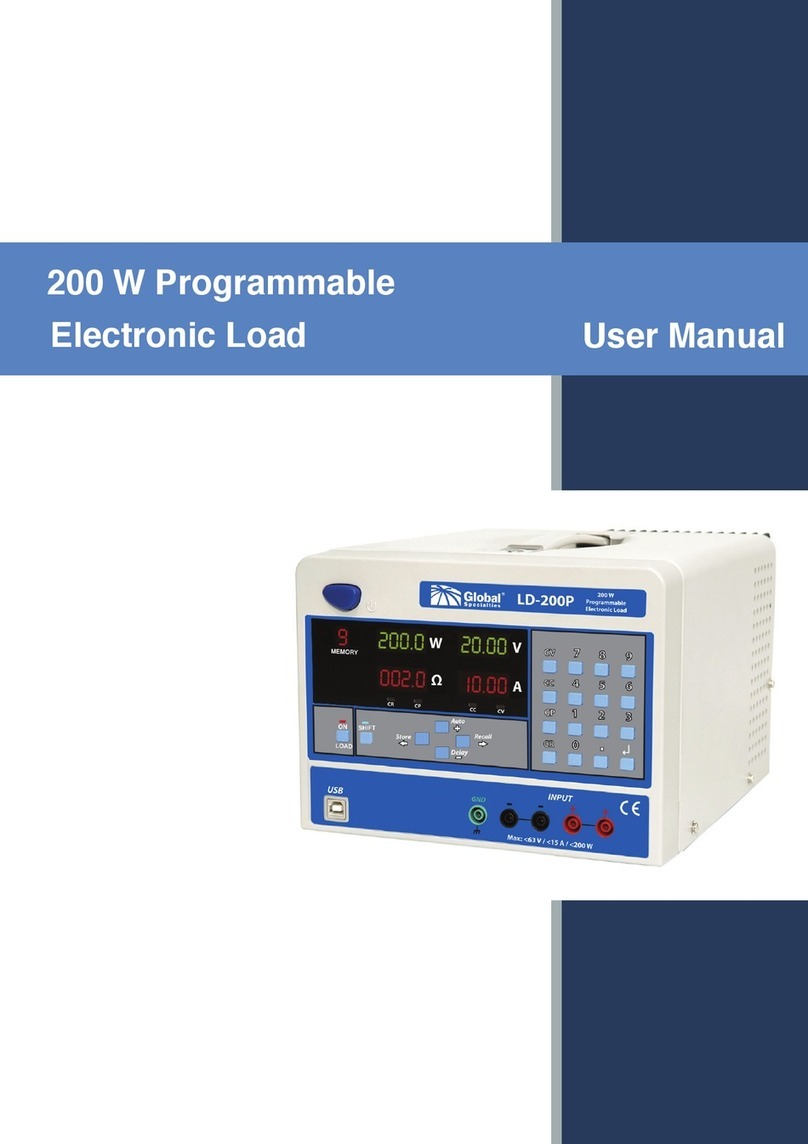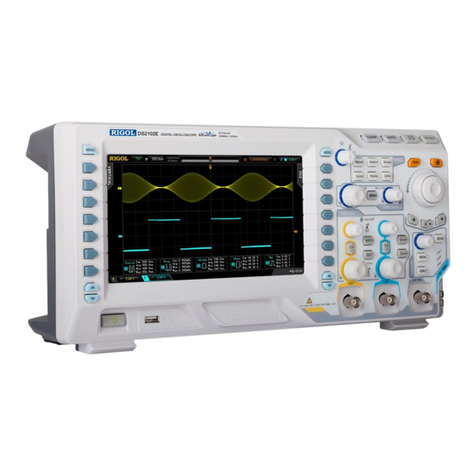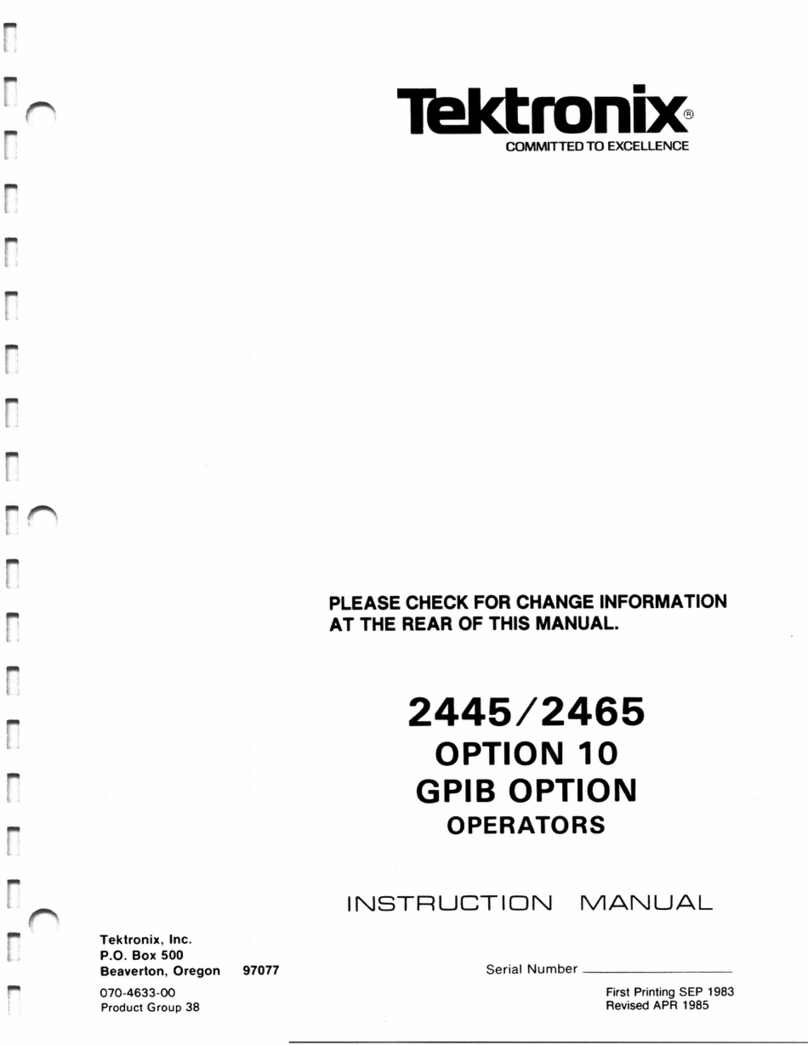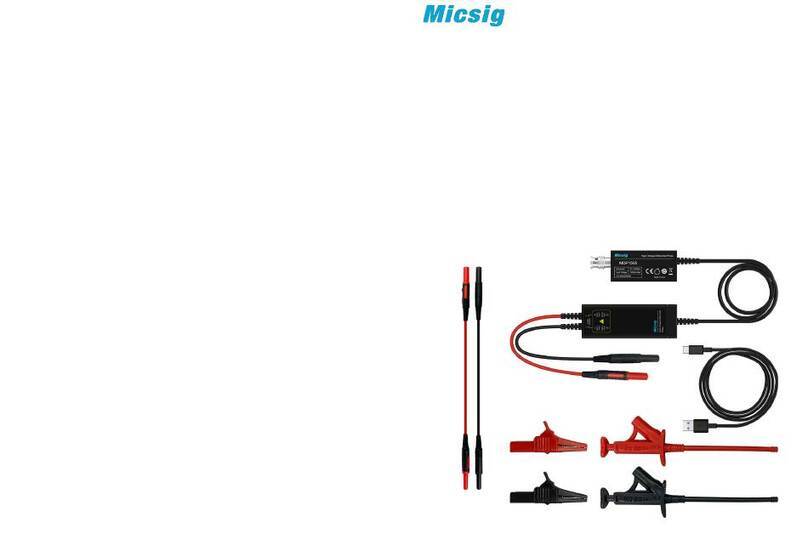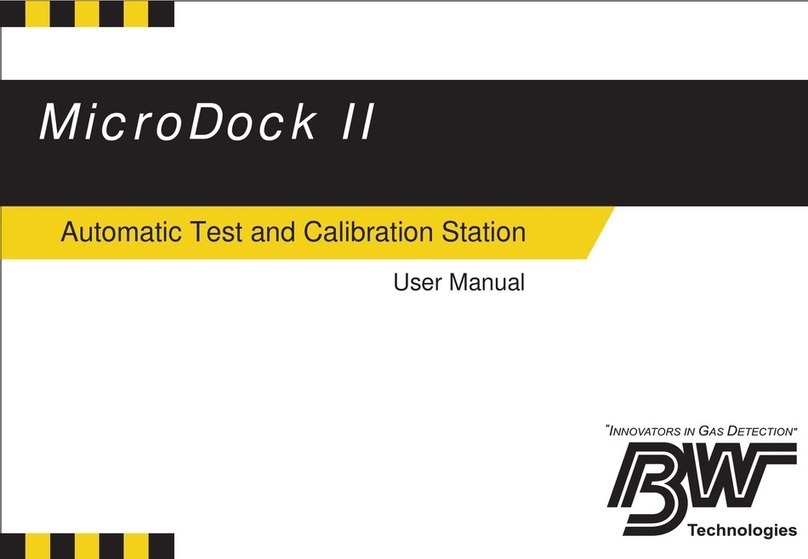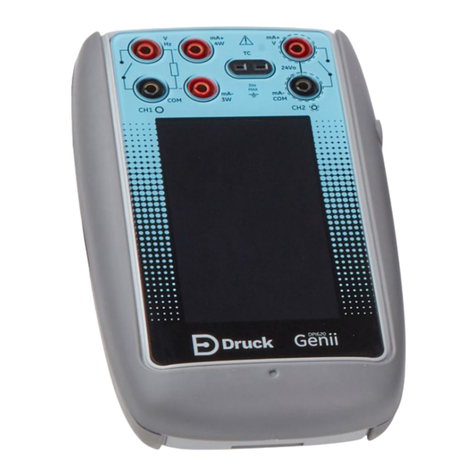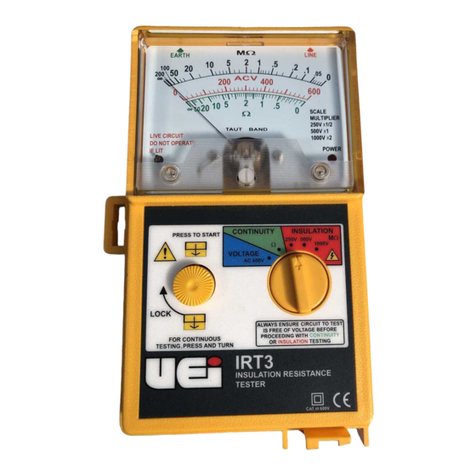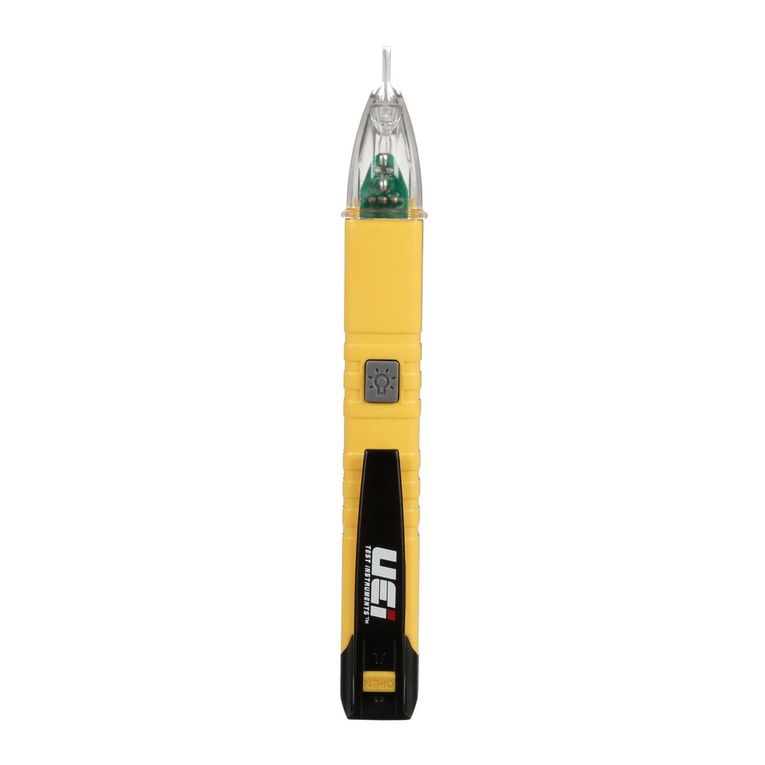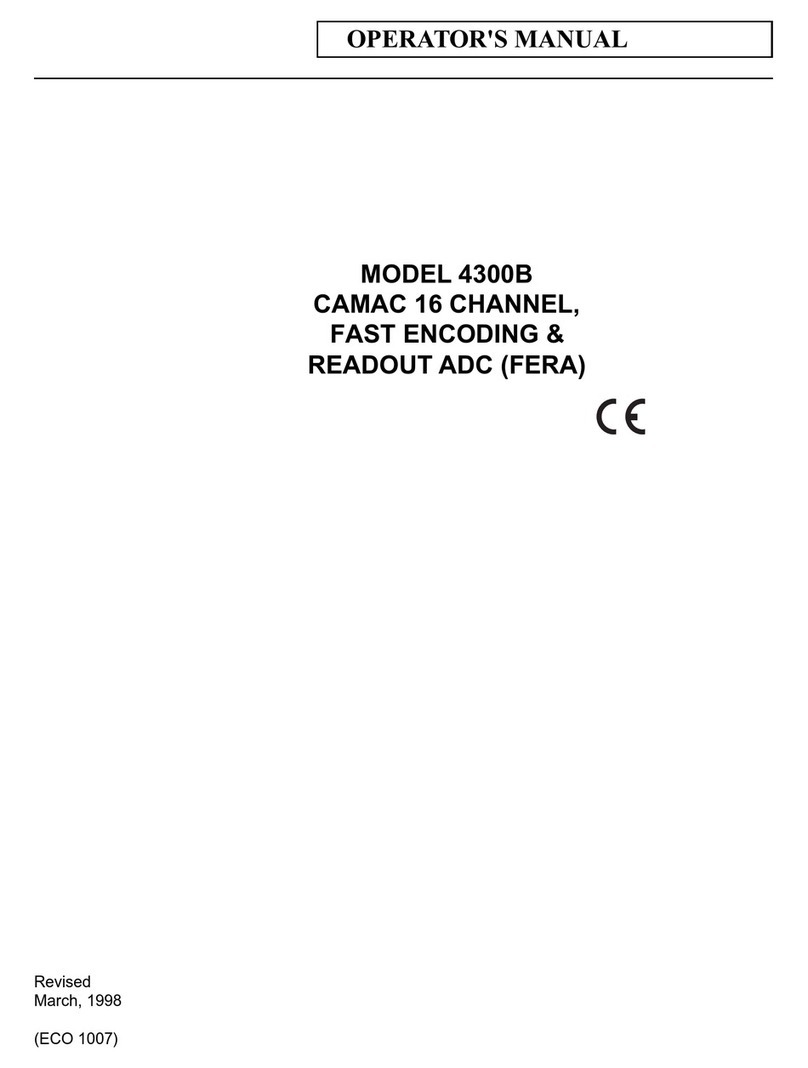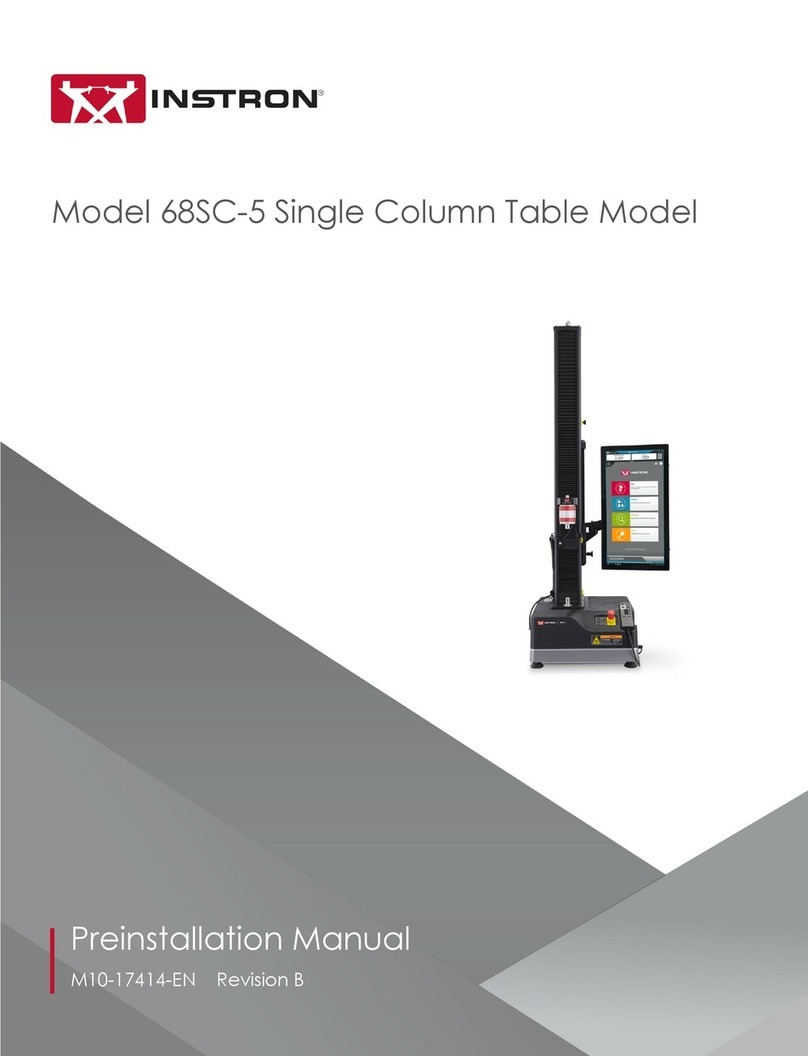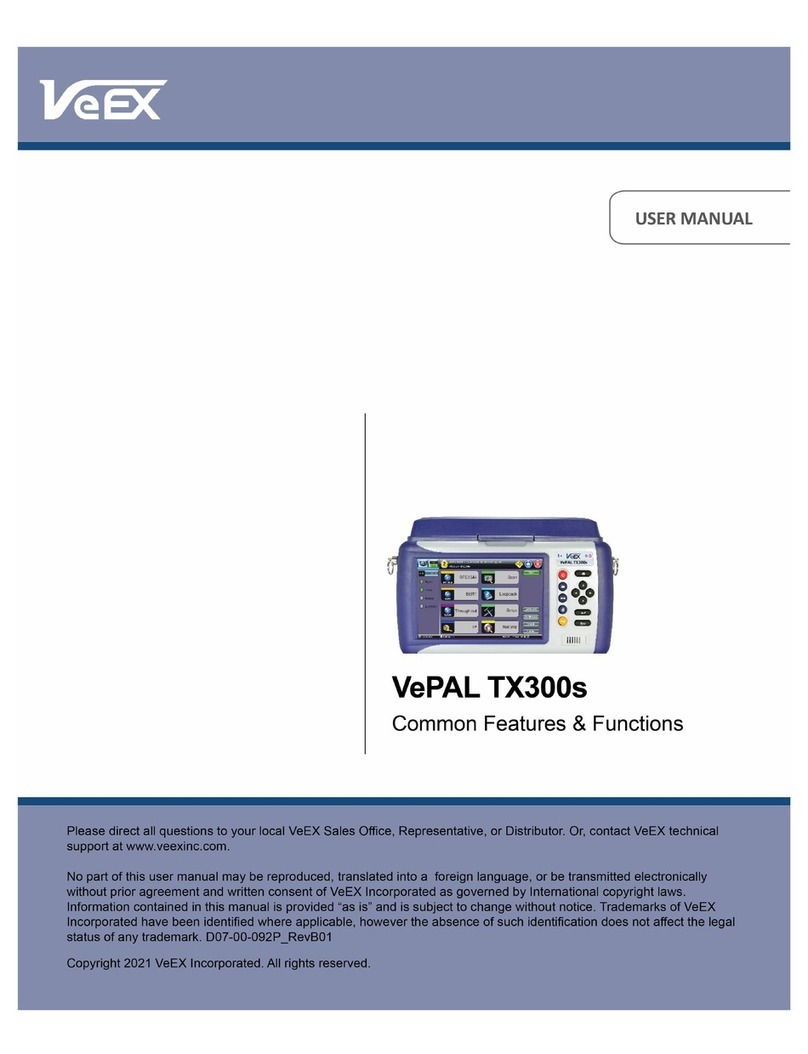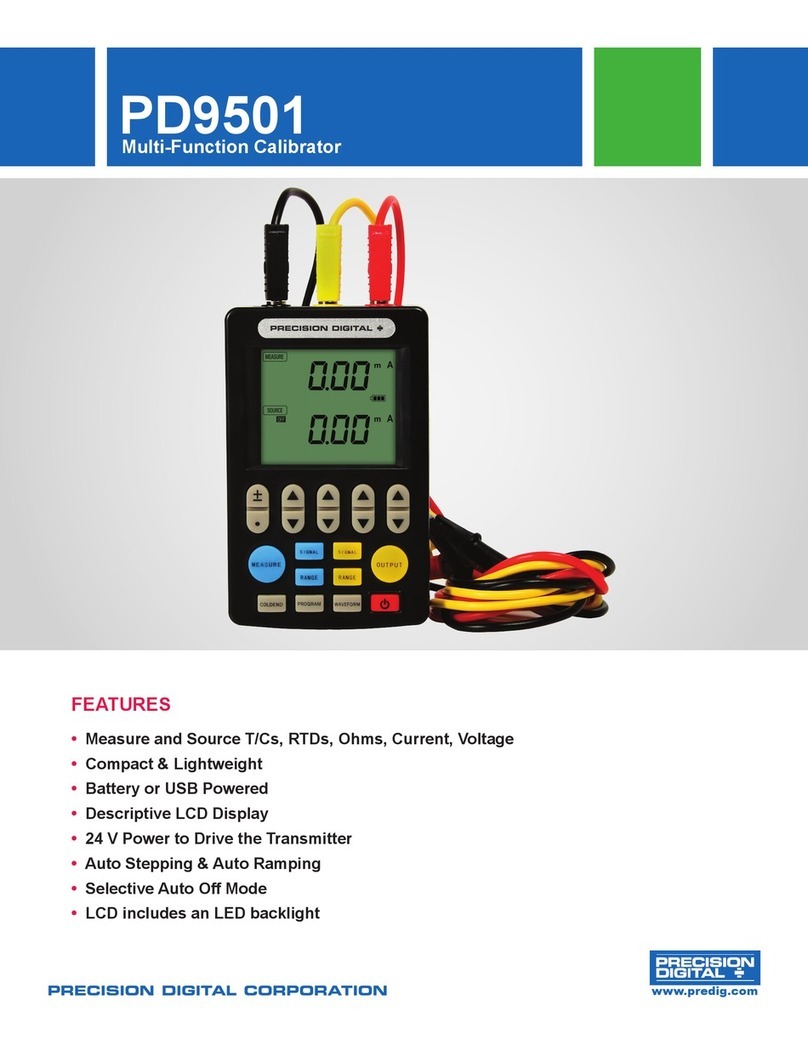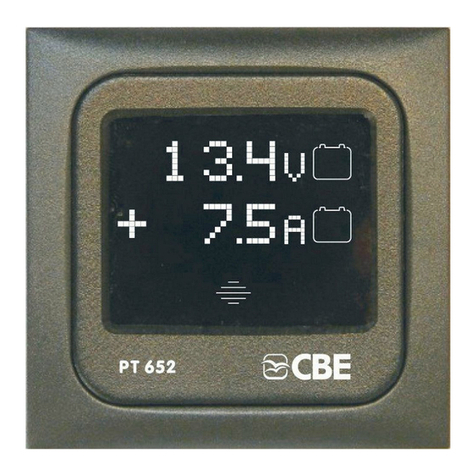geotomographie Geophone M40 User manual

Operation and Maintenance Manual
May 2023
page 1
Geotomographie GmbH, Am Tonnenberg 18, 56567 Neuwied (Germany)
Tel.: +49 2631 778135 email: info@geotomographie.de
Multi-Component Miniature
Geophone M40

Operation and Maintenance Manual
May 2023
page 2
Geotomographie GmbH, Am Tonnenberg 18, 56567 Neuwied (Germany)
Tel.: +49 2631 778135 email: info@geotomographie.de
Inhalt
1. Parts of the M40..................................................................................................................................... 3
1.1 Geophone unit .................................................................................................................................... 3
1.2 Rotary pipe string............................................................................................................................... 4
1.3 Surface splitter and seismograph connection..................................................................................... 4
1.4 Channel arrangement.......................................................................................................................... 5
2. Operation................................................................................................................................................ 7
2.1 Measurement Set-up........................................................................................................................... 7
2.2 Moving the Geophone........................................................................................................................ 7
3. Maintenance........................................................................................................................................... 8
3.1 Exchange of the rubber housing......................................................................................................... 8

Operation and Maintenance Manual
May 2023
page 3
Geotomographie GmbH, Am Tonnenberg 18, 56567 Neuwied (Germany)
Tel.: +49 2631 778135 email: info@geotomographie.de
1. Parts of the M40
The Mini-Geophone M40, 405 mm long and weighing 3 kg, is used to receive P and S waves in
horizontal boreholes of small diameter. It is specifically designed for seismic surveys in small dry
boreholes with a maximum diameter of 50 mm. The outer diameter of the probe is approximately
40 mm.
The M40 consists of the following parts, the geophone unit - a tri-axial sensor (1) which is directly
connected to a rotary string (2) and a surface unit (3) with a connection to the valve and a pressure
gauge (4) and the connection to the seismograph (5).
Figure 1: Parts of M40
The geophone is coupled to the borehole wall by a pneumatic clamping system (inflatable bladder).
Air is supplied to the M40 through the cable and controlled by the pressure gauge. The orientation
of the M40 geophone is controlled from surface by a torsional stiff hose. The maximum
recommended clamp pressure is 0.2 to 0.4 bar in a 2 inch borehole under dry conditions.
1.1 Geophone unit
Two horizontal geophones (H1[X], H2[Y]) and a vertical geophone (V[Z]) are placed inside a
stainless steel tube to act as a multi-component seismic receiver. All horizontal components are
arranged in 90° steps clockwise. The main chassis consists of a PVC cylinder containing the
geophones and signal cables.

Operation and Maintenance Manual
May 2023
page 4
Geotomographie GmbH, Am Tonnenberg 18, 56567 Neuwied (Germany)
Tel.: +49 2631 778135 email: info@geotomographie.de
The reference direction of the geophone unit is the axis of the H1 element. This direction can be
followed along the markings on the rotating string (see Figure 2).
Figure 2: Marking along the rotary string is aligned to the H1 geophone
A seismic impulse in the direction of the marker line will produce a positive rising signal. A test
pulse by tapping the centre of the geophone unit with a simple ballpoint pen or pencil will give
such a signal.
All other H-components can be tested in the same way. The reference direction is H1 plus 90° in
a clockwise direction as seen from the top of the geophone.
The bladder tube is located between the PVC cylinder and the outer steel casing. Replacement of
the rubber tube is described in Chapter 3.1.
1.2 Rotary pipe string
The rotating tube has two functions
(1) supply air and protect the signal cable; and
(2) to orientate the borehole probe within the borehole.
The rotary pipe string can be coiled up but it is stiff for rotation. The string is terminated at the
surface by the probe and a splitter.
1.3 Surface splitter and seismograph connection
A surface PVC unit is designed to be split between the air supply and the signal cable. The signal
cable ends in a connector box and connection can be made to seismograph (see Figure 3).

Operation and Maintenance Manual
May 2023
page 5
Geotomographie GmbH, Am Tonnenberg 18, 56567 Neuwied (Germany)
Tel.: +49 2631 778135 email: info@geotomographie.de
Figure 3: Connector box to seismograph (similar or different design possible for 2 x M40 units
only)
The air supply arrangement is shown in the Figure 4 below. Air can be supplied by a manual air
pump. The air clamping pressure in a 2 inch sized borehole is about 0.2 to the maximum of 0.4
bar. To stabilize the air pressure it is recommended to close the valve.
Figure 4: Air supply arrangement
1.4 Channel arrangement
The sensors give a positive raising signal in the direction according to the sensor assembly (see
Figure 5, a seismic impulse towards the marker line produces a positive rising signal). All other H-
components can be tested in the same way (reference direction plus 90° for the 3-component unit,
seen from the top of the geophone).

Operation and Maintenance Manual
May 2023
page 6
Geotomographie GmbH, Am Tonnenberg 18, 56567 Neuwied (Germany)
Tel.: +49 2631 778135 email: info@geotomographie.de
Figure 4: Sensor polarity
Figure 5: Sensor orientation inside the probe
Following channels are active:
Channel 1 Geophone H1 (X) Contact 1 Signal +
Contact 2 Signal -
Channel 2 Geophone H2 (Y) Contact 3 Signal +
Contact 4 Signal -
Channel 3 Geophone V Contact 5 Signal +
Contact 6 Signal –

Operation and Maintenance Manual
May 2023
page 7
Geotomographie GmbH, Am Tonnenberg 18, 56567 Neuwied (Germany)
Tel.: +49 2631 778135 email: info@geotomographie.de
2. Operation
2.1 Measurement Set-up
The maximum borehole diameter for anchoring the geophone is approximately 50mm (without
extension).
(1) Lower geophone to the desired depth
(2) Connect the manual air pump
(3) Apply pressure
Coupling starts at rates of 0.2 - 0.3 bar
Clamping is achieved at about 0.4 bar
(4) Stop applying pressure when the system starts to clamp.
(5) Gently close the valve
Apply gentle pressure to the system.
Stop immediately if system clamps.
Check pressure frequently to see if system is still clamped.
Geophone coupling starts at pressures of 0.2 bar.
Clamping is achieved at approximately 0.3 to 0.4 bar for a 2 inch hole.
2.2 Moving the Geophone
(1) Disconnect the manual air pump from the valve
(2) Open the valve (turn left)
(3) Move the geophone to the next position

Operation and Maintenance Manual
May 2023
page 8
Geotomographie GmbH, Am Tonnenberg 18, 56567 Neuwied (Germany)
Tel.: +49 2631 778135 email: info@geotomographie.de
3. Maintenance
3.1 Exchange of the rubber housing
If the rubber hose is damaged, the clamping unit can be replaced as follows:
Please also see the preparation steps described in Chapter 2.1.
1
Unscrew the lower bottom
screw with Allen wrench.
Remove the bottom PVC
plug. Remove the stainless
steel tube.
2
Remove the damaged
rubber hose. Clean the
PVC parts.
3
Place a new rubber tube
over the PVC cylinder.
4
Apply blue sealing grease
(Hylomar) on the cleaned
PVC cylinder (milling
above and below
geophone part)
5
Place winding wire (3-4
loops) around the hose.
Solder the wires carefully.
Wrap around with black
tape.
6
Assemble the geophone.
Table of contents
Other geotomographie Test Equipment manuals

